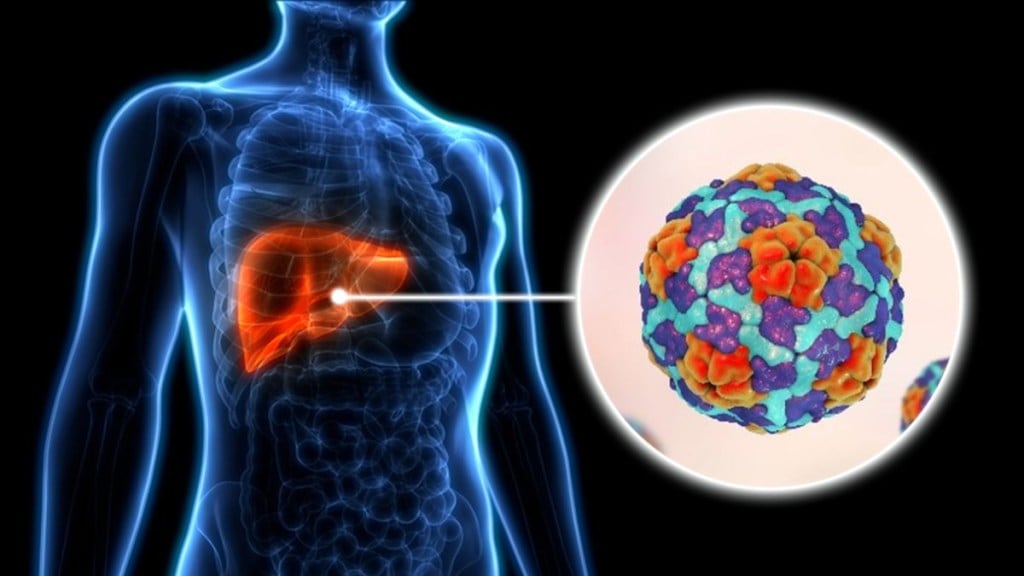Pune is witnessing a sharp rise in hepatitis A cases this year, and what’s worrying health officials is not just the growing number of infections but the increase in severity of cases. Between March and June 2025, the Pune Municipal Corporation (PMC) recorded 57 cases of viral hepatitis, which is more than double the 26 cases reported during the same months last year. Most of these infections have been identified as hepatitis A, a liver infection linked to poor water hygiene.
Health experts say the increase in rain has led to water contamination, and that could be a major factor behind the severity of cases. This monsoon, several areas in Pune have reported water logging and pipe leakages, conditions that allow sewage to mix with drinking water, one of the main causes of hepatitis A outbreaks.
Hepatitis A more severe this year
Usually, hepatitis A is mild and clears up on its own. But this year, more patients are arriving with stronger symptoms, and some even need hospital care. In previous years, hepatitis A was mostly mild, but now cases are more complicated, showing symptoms similar to hepatitis E. A 2019 study published in the Journal of Clinical and Experimental Hepatology found that hepatitis A outbreaks often rise during the monsoon due to contaminated water, especially in urban areas with ageing infrastructure.
Similarly, a 2021 study from Central India, published in The Lancet Regional Health, showed that hepatitis A accounted for about 11.5 per cent of all hospitalisations due to viral hepatitis. While most patients recovered quickly, the study also reported more severe illness among adults, especially those with low immunity.
What is Hepatitis A?
Hepatitis A is a viral infection that inflames the liver. It spreads mainly through the faecal-oral route, meaning the virus enters the body when a person eats or drinks something contaminated with tiny traces of infected stool.
Most people recover fully, but in some cases, especially older adults or people with liver conditions, the infection can become serious or even life-threatening.
Symptoms of Hepatitis A
Common symptoms include:
- Nausea and loss of appetite
- Fatigue and weakness
- Fever
- Pain in the upper right side of the abdomen
- Jaundice (yellowing of skin and eyes)
- Dark urine and pale stools
- Joint pain and itchy skin
Symptoms usually appear 2–6 weeks after exposure.
Why does rain increase the risk?
Many studies have shown that hepatitis A cases spike during the rainy season. A 2017 community health study conducted in Kashmir linked 12 hepatitis A outbreaks directly to unsafe drinking water. Out of 50 water samples tested, 38 were found unfit for consumption.
Experts also warn that climate change is making things worse. Unpredictable and extreme rains are overwhelming city drainage systems, allowing sewage to contaminate water supplies, a perfect environment for viruses like hepatitis A to spread.
How to prevent Hepatitis A?
Hepatitis A is vaccine-preventable. The vaccine is given in two doses, six months apart. A combined vaccine for hepatitis A and B is also available and is given in three doses over six months.
Doctors recommend the vaccine, especially for:
- Children
- Unvaccinated adults
- People working in food handling or water-related jobs
Other prevention tips include:
- Drinking only boiled, filtered, or bottled water
- Avoiding raw food and food from street vendors, especially during the monsoon
- Washing hands thoroughly with soap before eating and after using the toilet
With rising cases and more patients falling seriously ill, health officials are urging people to stay alert, maintain hygiene, and get vaccinated.








